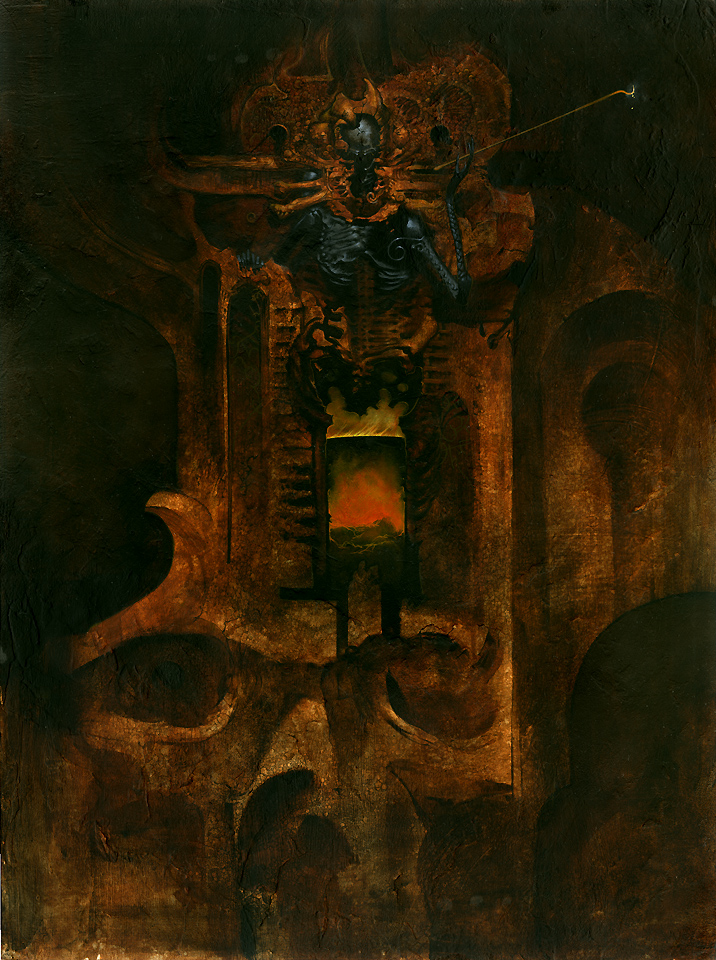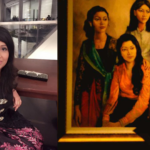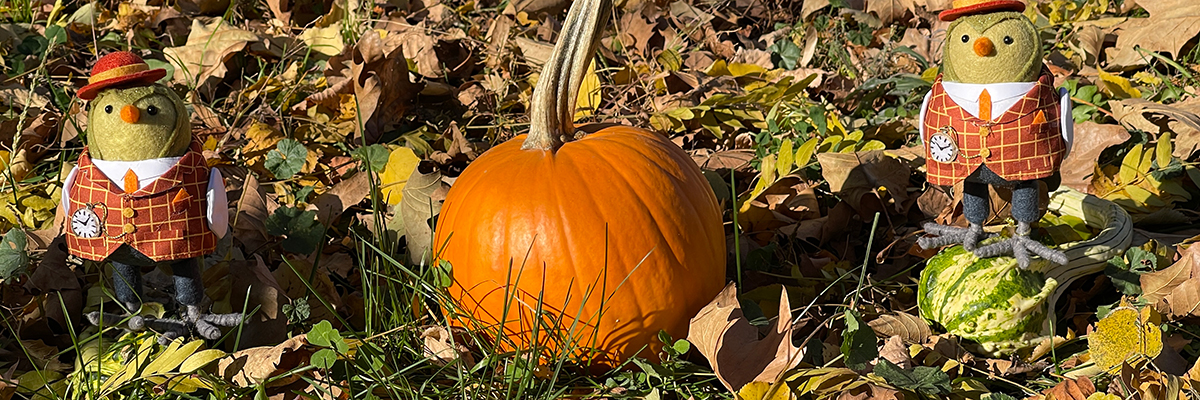Perpetual Motion Two
2005 - Film & Video (Film & Video)
Diana Thater
In Perpetual Motion (2005) the seemingly erratic flight of the bright orange Monarch butterfly—filmed in its winter habitat of Michoacán, Mexico—is intensified by the artist’s editing in which frames are randomly dropped and the film is sped up. As a result, the butterflies become hyper-real and animated in appearance. The manipulated footage is presented in a video wall of nine monitors, where the butterflies flit from screen to screen, in a room bathed in vivid orange light.
A pioneer of video and film installations for over a decade, Diana Thater’s works explore the nature and possibilities of moving-image media. Thater describes her work as “Neo-Structualist Installations” that aim to make viewers look anew at architectural environments and the way they perceive video and film. The natural world has been a recurring motif in Thater’s work since the early 1990s, and she brings the outdoors into the gallery to address the relationship between modern technology and notions of beauty and the sublime. Thater inverts the idea of the technological sublime, insisting that the presence of technology makes the natural sublime stand out more starkly.
Colors:
Related works sharing similar palette

© » KADIST
Sancintya Mohini Simpson
2021Dhuwã (term used by indentured people of Natal for ‘smoke’), is a single-channel film by Sancintya Mohini Simpson that traces back to the lived experiences of indentured labourers taken from India to Natal (now KwaZulu-Natal, South Africa) to work on sugar plantations during the late 1800s and early 1900s...

© » KADIST
Enar de Dios Rodríguez
2022Ecotone by Enar de Dios Rodríguez is a video work presented in six chapters, each beginning and ending with a one-sided telephone dialog with an informal, friendly and conversational tone, that leads quickly into complex philosophical subjects...

© » KADIST
Frequencies of Tradition , curated by Hyunjin Kim With Chung Seoyoung, Yoeri Guépin, Ho Tzu Nyen, Chia-Wei Hsu, siren eun young jung, Tomoko Kikuchi, Seulgi Lee, Young Min Moon, Hwayeon Nam, Gala Porras-Kim, Lieko Shiga, Ming Wong And a screening program featuring Fiona Tan, Jane Jin Kaisen, Wang Tuo, siren eun young jung, and Ko Sakai & Ryusuke Hamaguchi Frequencies of Tradition centers on tradition as a space of contestation...

© » KADIST
arquivo mangue
2022o que diriam as pedras a marte? [What would the stones say to Mars?] is a sculptural work consisting of two parts by arquivo mangue...

© » SLASH PARIS
Nicolas de Staël — Musée d’Art Moderne de la ville de Paris — Exhibition — Slash Paris Login Newsletter Twitter Facebook Nicolas de Staël — Musée d’Art Moderne de la ville de Paris — Exhibition — Slash Paris English Français Home Events Artists Venues Magazine Videos Back Nicolas de Staël Exhibition Painting Upcoming Nicolas de Staël, Agrigente, 1954 Huile sur toile, 60 × 81 cm Collection particulière © ADAGP, Paris, 2023 / Photo Annik Wetter Nicolas de Staël In 2 months: September 15, 2023 → January 21, 2024 Le Musée d’Art Moderne de Paris consacre une grande rétrospective à Nicolas de Staël (1914-1955), figure incontournable de la scène artistique française d’après-guerre...
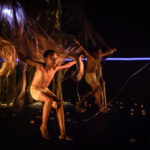
© » ARTS EQUATOR
The Seen and Unseen: A Search For Self | ArtsEquator Thinking and Talking about Arts and Culture in Southeast Asia ArtsEquator Viewpoints Claudia Dian February 25, 2020 The following review is made possible through a Critical Residency programme supported by By Carolyn Oei (638 words, 4-minute read) “Embracing life means embracing every element of dualism in it...
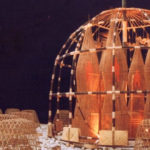
© » ARTS EQUATOR
Weekly Picks: Indonesia (1 - 7 October 2018) | ArtsEquator Thinking and Talking about Arts and Culture in Southeast Asia Weekly To Do October 1, 2018 Top Picks of Indonesia art events in Bali, Yogyakarta and Bandung from 1-7 October 2018 Have you ever wondered where does inspiration come from? Cata Odata curated Scattered Trails as an attempt to trace the origin of Inspiration by showcasing records of an artistic encounter between Gus Punia and Philippe Janssens, 2 visual artists who came from different cultural backgrounds and generations...

© » HYPERALLERGIC
Palestinian-American Woman Asked to Remove Veil and Face Jewelry at Art Basel Skip to content Samera Abed at Art Basel Miami Beach, where she wore an all-black outfit in a gesture of mourning for Palestinian lives lost (all photos courtesy Samera Abed) A Palestinian-American woman visiting Art Basel Miami Beach on opening day last Wednesday, December 6, was asked to remove her veil and beaded face accessory...

© » LARRY'S LIST
We truly believe that art is for everyone: Kiran Nadar | Mint Lounge advertisement | Logout Log in/Register Home News Big Story Opinion Talking Point Food Cook Drink Discover Fashion Trends Shop Beauty How To Lounge Movies & Tv Art & Culture Books Smart Living Environment Innovation Health Wellness Fitness Relationships Raising Parents It's Complicated Pets Brand Stories Bookmarks Photos Videos Big Story Opinion Talking Point Latest Issue About Us Privacy Policy Terms And Conditions new-article 111628248444886 https://lifestyle.livemint.com story https://lifestyle.livemint.com How To Lounge /how-to-lounge/art-culture/we-truly-believe-that-art-is-for-everyone-kiran-nadar-111628248444886.html https://images.livemint.com/img/2021/08/06/68x68/Kiran_Nadar_Revised_1628248685275_1628248709909.jpg Home News Food Fashion How To Lounge Smart Living Health Relationships PHOTOS VIDEOS QUICK READS Home > How To Lounge > Art & Culture > We truly believe that art is for everyone: Kiran Nadar We truly believe that art is for everyone: Kiran Nadar As Kiran Nadar Museum of Art enters its second decade, its founder reflects on the journey so far and plans to open yet another museum in Delhi /how-to-lounge/art-culture/we-truly-believe-that-art-is-for-everyone-kiran-nadar-111628248444886.html 111628248444886 story Kiran Nadar, the founder of KNMA...

© » ARTS EQUATOR
"Pratthana: A Portrait of Possession": Of Politics and Desire Thinking and Talking about Arts and Culture in Southeast Asia Articles Photo: Tananop Kanjanawutisit August 30, 2018 By Amitha Amranand (1225 words, six-minute read) Everyone is always watching and being watched in Pratthana: A Portrait of Possession , the latest play by Japanese director Toshiki Okada...

© » ARTS EQUATOR
Go Big or Go Home: “Displaced Persons’ Welcome Dinner” Takes Flight | ArtsEquator Thinking and Talking about Arts and Culture in Southeast Asia Articles Courtesy of Checkpoint Theatre June 7, 2019 By Helmi Yusof (1,387 words, six-minute read) Why do people choose to go into poor, dangerous, war-torn countries to work as humanitarian workers? Do they have boundless courage, hope and kindness? Do they have a death wish? Do they believe they can make a difference? Are they simply naïve? Do they suffer from a messiah complex? Or First World guilt? Did their countries once colonise other countries? Are they cynical about humanity? How do these women and men, who mostly come from the developed world, deal with privation – if not quite experiencing it directly, then at least witnessing it firsthand? At what point does their idealism get crushed by bureaucracy, the constraints of their organisations, their own limitations? As a participant of the inaugural Asian Arts Media Roundtable organised by ArtsEquator, I got to watch and share my thoughts with over 20 arts critics and members of the public at Critics Live, a post-show dialogue of Checkpoint Theatre’s Displaced Persons’ Welcome Dinner , a play that sheds light on the fallibility of humanitarian aid workers...



![Slated for [ ]: on Declutter Me! and Frequencies](https://artsequator.s3.ap-southeast-1.amazonaws.com/2022/10/4d64d13c-6850-42bd-8b2f-a2041b39c38b.jpg)


